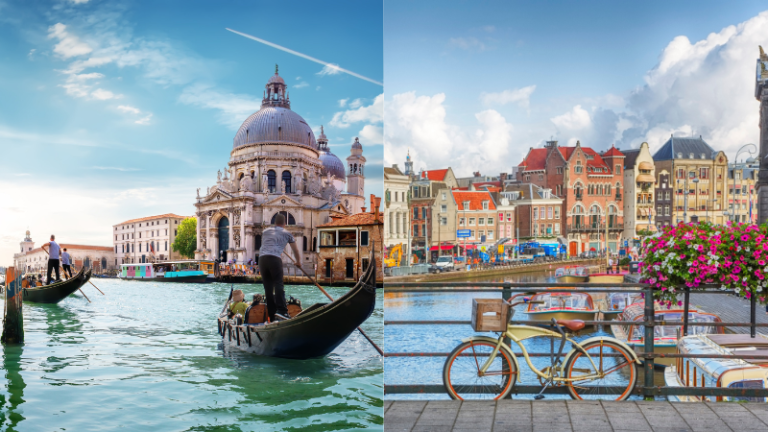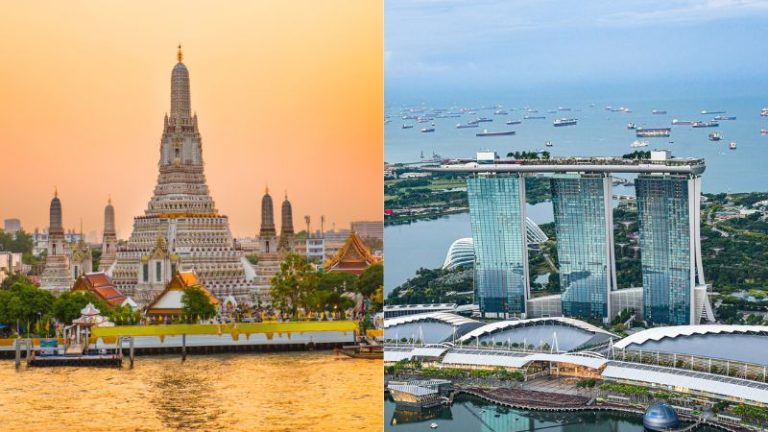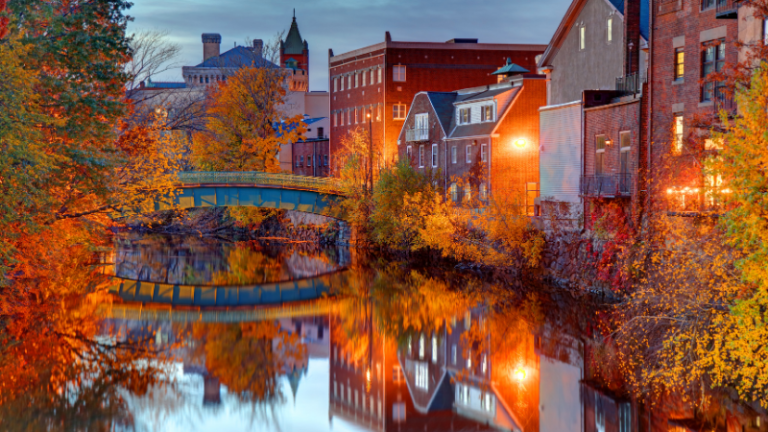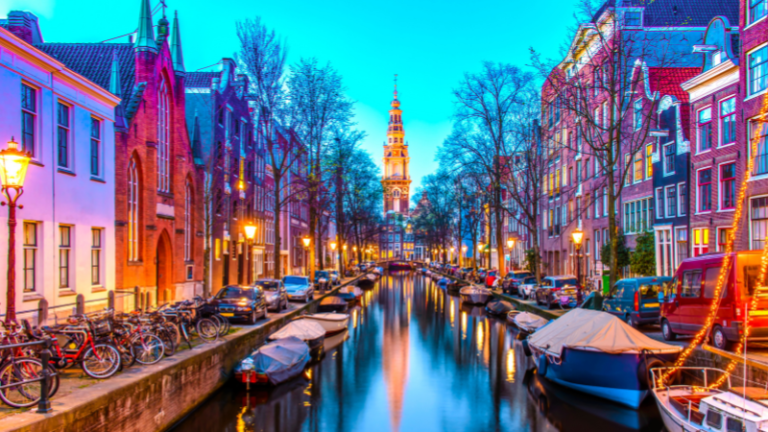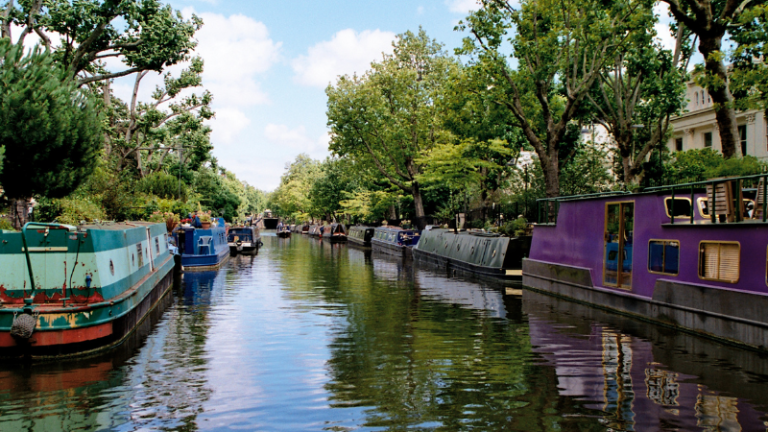Machu Picchu vs. Petra: Which Ancient Wonder Should Be on Your List?
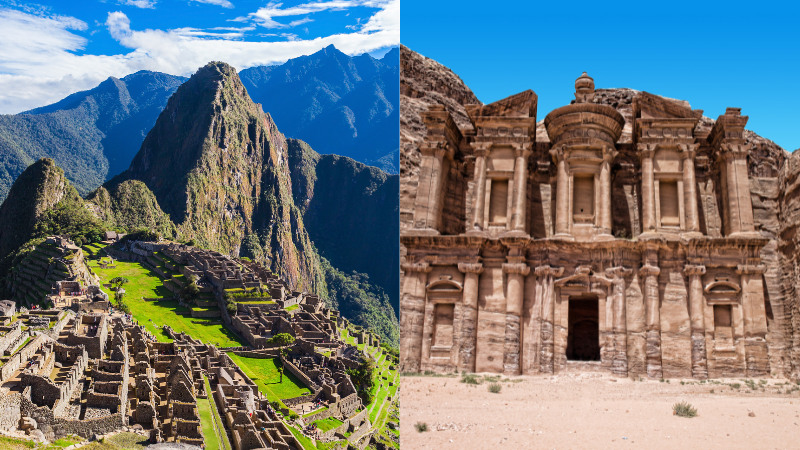
Few places on Earth capture the imagination quite like Machu Picchu in Peru and Petra in Jordan. Both are UNESCO World Heritage Sites and New Seven Wonders of the World, drawing travelers eager to experience their rich history, breathtaking landscapes, and architectural marvels.
But while Machu Picchu is a mist-covered Incan city high in the Andes, Petra is an ancient Nabatean metropolis carved into the rose-red cliffs of the Jordanian desert. One offers sweeping mountain views and lush cloud forests, while the other transports you to a time of camel caravans and lost civilizations. Whether you’re drawn to archaeology, hiking, or once-in-a-lifetime cultural experiences, here’s how these two ancient wonders compare.
Machu Picchu: The Lost City of the Incas
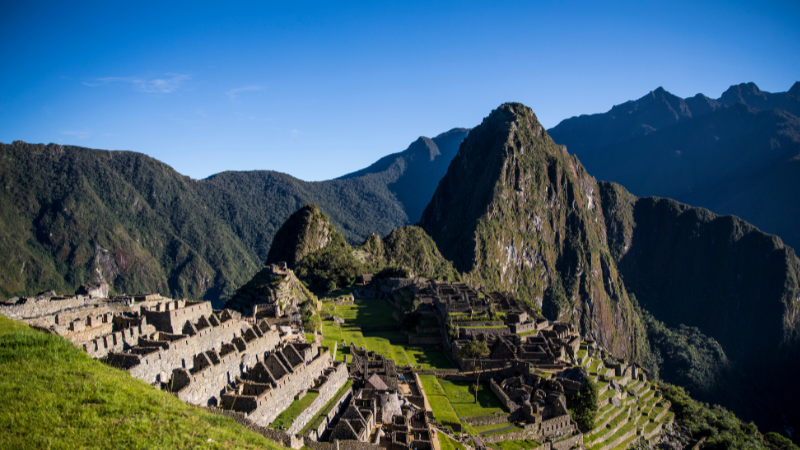
Hidden deep in the Andes Mountains of Peru, Machu Picchu is one of the world’s most mystical and awe-inspiring ancient ruins. This 15th-century Incan citadel remains remarkably well-preserved, offering breathtaking views, intricate stonework, and a glimpse into the engineering genius of the Incas.
Best Ways to Get There & When to Visit
Inca Trail vs. Train: Choosing Your Journey
Getting to Machu Picchu is an adventure in itself. For hikers, the Inca Trail is the ultimate experience—a four-day trek through breathtaking Andean landscapes, misty cloud forests, and ancient ruins. If you prefer a more relaxed journey, you can take the scenic train from Cusco or Ollantaytambo, arriving in the town of Aguas Calientes before taking a short bus ride to the entrance.
Best Time to Visit: Dry vs. Rainy Season
The best time to visit Machu Picchu is during the dry season (May to September) when the skies are clear and the views are spectacular. The rainy season (November to March) sees fewer crowds, but the trails can be slippery, and the mist often obscures the views.
Altitude Considerations & Acclimatization
At 7,970 feet (2,430 meters) above sea level, Machu Picchu sits at a lower altitude than Cusco, making it easier to handle. However, if you’re hiking the Inca Trail or visiting Cusco first, it’s important to acclimate for a few days to avoid altitude sickness.
Top Highlights & Must-See Spots
The Sun Gate (Inti Punku): The Ultimate Arrival
For those hiking the Inca Trail, the Sun Gate offers the most breathtaking first glimpse of Machu Picchu at sunrise. Even if you arrive by train, you can hike up to this viewpoint for an unforgettable perspective of the ruins.
Huayna Picchu & Machu Picchu Mountain: Epic Viewpoints
For adventurous travelers, hiking Huayna Picchu or Machu Picchu Mountain provides jaw-dropping panoramic views of the site and surrounding valleys. Huayna Picchu is steeper and more challenging, while Machu Picchu Mountain is longer but less technical.
The Temple of the Sun & Intihuatana Stone
Machu Picchu is filled with fascinating Incan architecture, including the Temple of the Sun, a semi-circular temple with perfectly fitted stone walls, and the Intihuatana Stone, believed to have been an ancient astronomical tool.
Cultural & Nearby Experiences
Exploring Cusco: The Gateway to Machu Picchu
Cusco, the former capital of the Inca Empire, is a beautiful colonial city filled with Incan ruins, cobblestone streets, and vibrant markets. Visiting Sacsayhuamán, the Sacred Valley, and local craft markets adds depth to your Machu Picchu journey.
Local Cuisine: Try Lomo Saltado & Cuy
Peru is famous for its delicious cuisine, and Cusco is the perfect place to try dishes like lomo saltado (stir-fried beef), quinoa soup, and cuy (roast guinea pig, a local delicacy).
Aguas Calientes & The Hot Springs
Before or after visiting Machu Picchu, the town of Aguas Calientes offers hot springs, local markets, and cozy cafés for travelers looking to unwind.
Who Is Machu Picchu Best For?
Machu Picchu is perfect for hikers, history lovers, and adventure travelers looking to experience an ancient city surrounded by stunning mountain scenery. If you enjoy trekking, archaeology, and cultural immersion, this is the destination for you.
Petra: The Rose-Red City of the Nabataeans
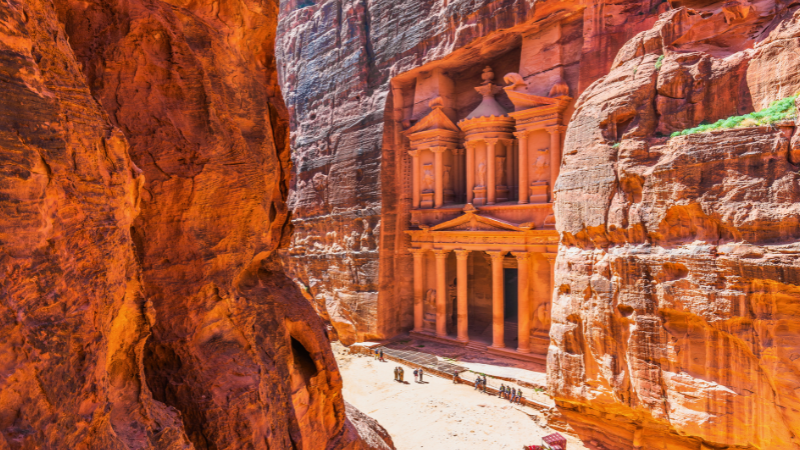
Deep in the deserts of Jordan, Petra is an ancient city carved into red sandstone cliffs, earning it the nickname “The Rose City.” Once a thriving trade hub of the Nabataeans, today Petra is one of the world’s most mesmerizing archaeological sites, offering hidden tombs, temples, and breathtaking desert landscapes.
Getting There & Best Time to Visit
How to Reach Petra: From Amman to Wadi Musa
The nearest major city to Petra is Amman, Jordan’s capital, and most travelers take a 3-hour drive to Wadi Musa, the gateway town to Petra. The site opens early, and arriving at sunrise offers the most magical, crowd-free experience.
Best Time to Visit: Avoiding the Heat
The best months to visit Petra are March to May and September to November, when the temperatures are pleasant. Summers can be extremely hot, while winters are cooler but still manageable.
Petra by Night: A Magical Experience
Three nights a week, Petra offers a nighttime candlelit experience, where the Siq and the Treasury glow under hundreds of lanterns. It’s an unforgettable way to experience Petra’s mystical atmosphere.
Top Highlights & Must-See Spots
The Siq: The Dramatic Entrance
Visitors enter Petra through The Siq, a narrow, winding canyon with towering cliffs leading to the famous Treasury (Al-Khazneh). The dramatic reveal of the Treasury at the end of the Siq is one of the most iconic travel moments in the world.
The Treasury: Petra’s Most Iconic Landmark
The Treasury is Petra’s most photographed site, with its intricately carved façade that glows pink at sunrise and sunset. Though you can’t go inside, it’s an awe-inspiring sight.
The Monastery: A Hidden Gem Worth the Hike
Lesser-known but just as impressive as the Treasury, The Monastery (Ad Deir) requires a steep 800-step climb, but the panoramic desert views and massive structure make it well worth the effort.
Cultural & Nearby Experiences
Exploring Wadi Rum: The Martian Desert
A short trip from Petra, Wadi Rum is a breathtaking desert known for its sandstone mountains, red dunes, and Bedouin culture. Visitors can take a jeep safari, ride camels, or sleep under the stars in a Bedouin camp.
Jordanian Cuisine: Mansaf & Bedouin Tea
Jordan’s cuisine is a highlight, with dishes like mansaf (a traditional lamb and rice dish), falafel, and aromatic Bedouin tea.
Tombs & Hidden Trails
Beyond the main sites, Petra has dozens of lesser-known tombs, temples, and trails, offering hidden corners to explore without the crowds.
Who Is Petra Best For?
Petra is ideal for history buffs, photographers, and travelers looking for an unforgettable Middle Eastern adventure. If you love ancient ruins, desert landscapes, and cultural immersion, Petra is the perfect destination.

